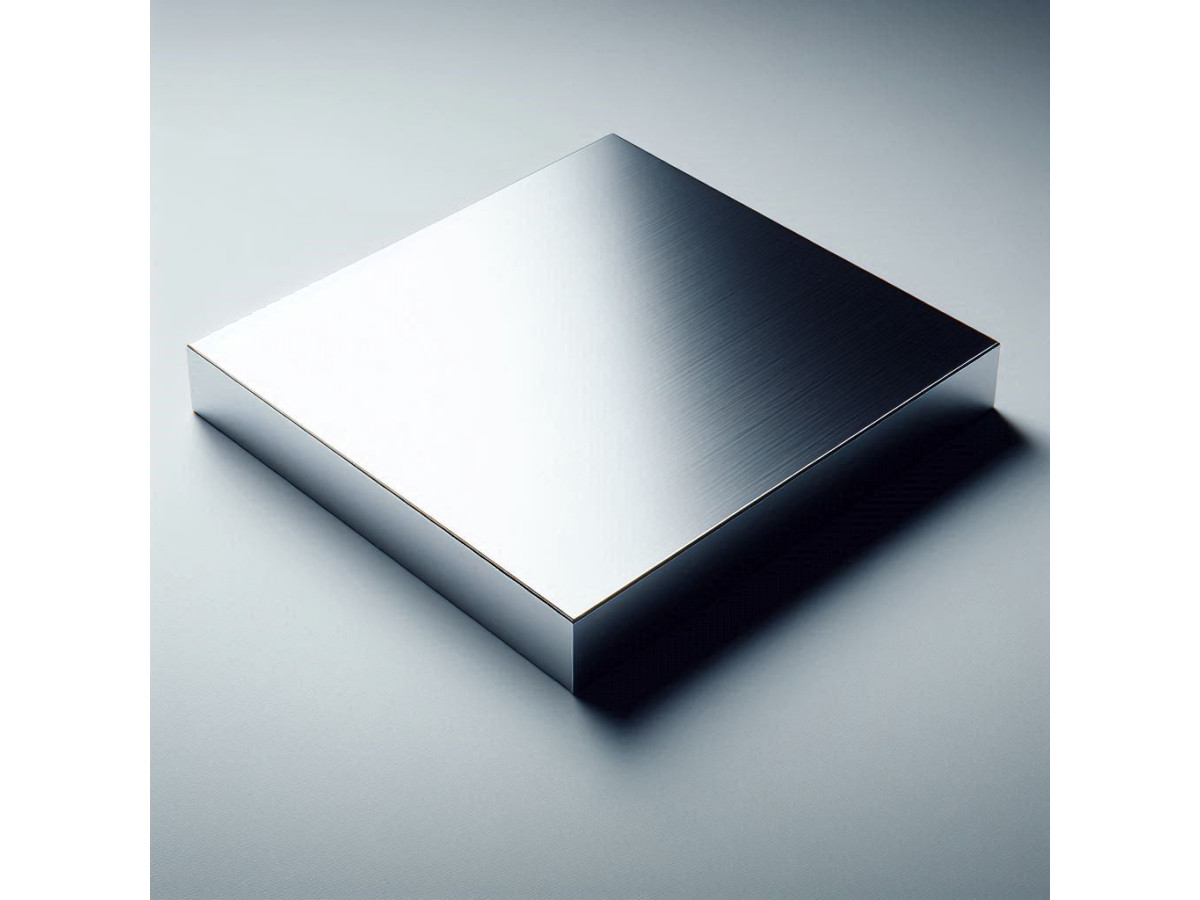Aluminum sheet is a versatile rolled metal material, widely used in a variety of fields due to its exceptional characteristics. Lightweight, durable and rust-resistant, it is ideal for both large-scale industrial projects and small home projects. In this article we will talk about the varieties of such sheets, their unique qualities and areas of application. You'll learn why aluminum sheet has become such a popular choice for professionals and hobbyists around the world.
How the material is created
The production of aluminum sheets is a complex and high-tech process that begins with the extraction of bauxite and ends with the creation of a strong and durable material. Aluminum oxide is first produced from bauxite using the Bayer process, after which it is electrolyzed using the Hall-Heroux process. The result is pure aluminum, which is melted and cast into ingots.
At the next stage, the ingots undergo hot rolling, where they are heated and rolled to the desired thickness. This is followed by cold rolling, carried out at room temperature, which ensures accurate dimensions and improves the mechanical properties of the rolled metal. This stage makes the sheets thin, but incredibly strong and flexible.
After rolling, aluminum sheets can be subjected to additional treatments, for example, anodizing to increase rust resistance or lamination to impart decorative properties. In addition, heat treatment is possible, which makes the products even more durable and ductile.
These processes produce each sheet of aluminum ready for use in a wide variety of projects, from construction and automotive manufacturing to aircraft and decorative products. Not only are these sheets strong and durable, but they are also highly flexible and rust-resistant, making them suitable for almost any application.
Product varieties
Aluminum sheets are a multifunctional material, offering a variety of product options for a variety of needs. Let's look at what types are available on the market:
- Hot rolled. They undergo a hot rolling process, which allows us to obtain products with maximum strength and increased thickness. They are often used in areas where high mechanical resistance is required.
- Cold rolled. Created by cold rolling, providing precise dimensions and improved mechanical properties. Such sheets are used in the automotive and aerospace industries, as well as in the production of household appliances and electronics.
- Anodized. They undergo special treatment to increase rust resistance and improve appearance. Such metal products are in demand in architecture and interior design.
- Laminated. They have additional protective or decorative layers that significantly improve their performance characteristics. Often the products can be found in the construction industry, packaging and household appliances.
- Perforated. The sheets have holes of various shapes and sizes, due to which they are mainly used for ventilation systems, decorative screens and filters.
- Textured sheets. They have a textured surface, which not only improves grip, but also gives the product a unique appearance. They are widely used in the production of flooring, wall coverings and decorative elements.
Thickness ranges from 0.2mm to 200mm, with thin products ranging from 0.2mm to 6mm used in automotive, electronics and packaging.
Thick ones, the size of which ranges from 6–200 mm, are used in construction, mechanical engineering and shipbuilding. Widths range from 100mm to 2500mm, with standard sizes including 1000mm, 1250mm, 1500mm and 2000mm. Common lengths range from 1000mm to 6000mm, but bespoke sheets can usually be supplied to order.
Metal products of this type are made from various grades of alloys, for example, 1050, 3003, 5052, 6061, 7075 and others. Each brand differs in terms of strength, corrosion resistance and machinability. Sheets can be smooth, sanded, anodized, laminated or perforated. Additional processing may include the application of protective or decorative coatings.
In construction, rolled steel is used for cladding houses, creating roofs and facades, as well as for making window frames and doors. In the transport industry, lightweight sheets are in demand for the production of car bodies, aircraft and train components.

